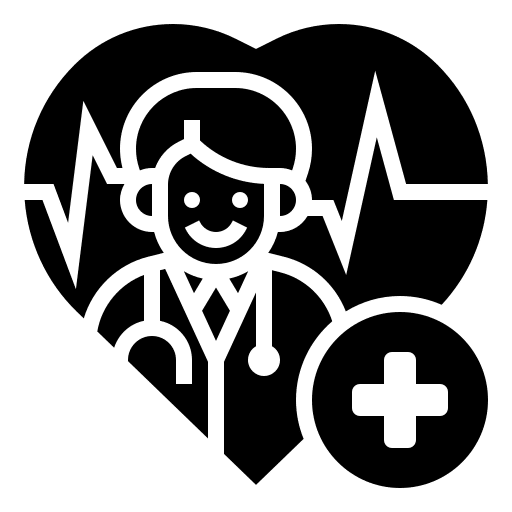
Diverticulitis: What Happens When Pouches in Your Colon Get Infected
 Diverticulitis is a condition where parts of the colon in their large intestine can get inflamed due to injury or infection of some kind. This condition is found to be more common in older individuals and it is not very common in India. But, recent studies have shown that incidence in the country is increasing and this can be attributed to poorly designed diets and sedentary routines. It is mostly never problematic in the majority of the population, but some individuals will show symptoms which are painful and generally unpleasant, necessitating the need for specialised treatment approaches with drugs or surgery.
Diverticulitis is a condition where parts of the colon in their large intestine can get inflamed due to injury or infection of some kind. This condition is found to be more common in older individuals and it is not very common in India. But, recent studies have shown that incidence in the country is increasing and this can be attributed to poorly designed diets and sedentary routines. It is mostly never problematic in the majority of the population, but some individuals will show symptoms which are painful and generally unpleasant, necessitating the need for specialised treatment approaches with drugs or surgery.
What Is Diverticulitis?
The colon of the large intestine is normally smoother than other regions of the intestine, but small pockets or bulging growths may be found. These are called the diverticula (if many are present) and when they get injured or infected, inflammation of the region can cause mild or severe symptoms. If you have had diverticulitis before, then you may get it again, even after surgery. Doctors classify diverticulitis into two types- acute or sudden onset and chronic or long term presence, which may be due to some other underlying cause which is not being treated. If inflammation continues unabated, then scarring or fibrosis of the colon can occur.
Causes Of Colon Pouch Infection-
Diverticulitis is the inflammation of the colon walls, but an immune response triggering the inflammation may be due to a tear in the colon lining, injury or infection of some kind. Your stool may not move in the right way and a little can get stuck in the diverticula, causing bacterial growth and infection. If you are constipated often, then the colon wall or diverticula can tear due to hard stool being pushed out. Studies have shown that there may be a genetic component to this condition.
Symptoms Of Diverticulitis-
The symptoms that you should know of include-
- Severe abdominal pain – feels sharp or almost has a burning intensity.
- You may be able to feel the inflamed tissue in the colon, with your hand on the abdomen.
- You may have fever, nausea and vomiting.
- You may be severely constipated, but some people may also have diarrhoea instead – changes in stool quality can happen.
- Rectal bleeding can be observed.
- Your abdomen may feel hard and painful to touch.
Diverticulitis Diagnosis (CT Scan, Colonoscopy)-
If you already have diverticulosis and have been diagnosed before, then it is easier to check for diverticulitis. Otherwise, doctors opt to get imaging and a colonoscopy. A CT scan is a handy tool as it can show inflamed areas of the colon, while a colonoscopy will provide better clarity of the working of the colon, from the inside. Blood tests, urine or stool tests may also be done.
Complications Of Untreated Diverticulitis-
Untreated or undiagnosed chronic diverticulitis can cause other issues in the long term- like GI bleeding, fistulas, cause an abscess to form or even cause sepsis due to an undetected peritoneal tear. Inflammation of the bladder is also common, if the diverticula are located near that region.
Treatment Options For Diverticulitis-
Mild forms of diverticulitis can get better with just rest, fluids and a high fibre diet. But, if an infection is causing your symptoms, then antibiotics may be prescribed. Painkillers can also be used to help you feel better. Surgery may be necessary to take care of any tears, bleeds or fistulas which have formed in the abdomen. With chronic diverticulitis, some people may require the affected part of their colon to be surgically removed, but this is not very common.
Conclusion
Diverticulitis is a rare condition that causes symptoms which prompt treatment. Your diet is really important – and you should focus on hydrating well and eating fibre rich foods daily, so that your stool is soft and can pass without any issues. Probiotic supplements or fibre supplements may also help in older individuals who are not able to eat as well as before. With proper diagnosis and care, you may never get diverticulitis again in your life, but if it is a chronic occurrence, you may need surgery to get better.






